This means that companies sometimes spend slightly more or less money on production than was expected. However, this knowledge can be used to budget better in the future to understand the causes of these differences and aim to reduce costs. COGM is the cost of the materials, labor, and conversion costs that are incurred during production. You can calculate Direct materials by adding the beginning raw materials to the purchases made and subtracting that total from the ending raw materials. Cloud manufacturing software such as Katana allows businesses to use data from their operations to calculate COGM and other vital figures like inventory value and sales revenue.
An Example of Cost of Goods Manufactured (COGM) Calculation in Action
This article discusses the basics of COGM, including its importance and how it is calculated. You can reduce the number of raw materials you use in manufacturing your products without reducing or compromising their quality. Materials such as packaging and documentation costs should be at the barest minimum.
Cost of Goods Manufactured Template
The Cost of Goods Manufactured (COGM) represents the total costs incurred in the process of converting raw material into finished goods. Includes costs similar to COGM but adjusted for the finished goods inventory. COGM is important because it helps determine the net income a company can generate from its production process or the changes xero courses in melbourne required to make it profitable. It is also used for budgeting purposes and calculating the cost of goods sold (COGS). A business would use COGM to determine if its products are profitable enough to continue production or if there are opportunities for changes within its operations that might reduce costs and increase profits.
How to calculate COGS using COGM?
The Finished Goods Inventory is the difference between the beginning raw materials inventory and the ending finished goods inventory. In other words, you subtract the beginning raw materials inventory from the finished goods inventory. Joint costs are the costs of both raw materials and conversion that cannot be separated. Joint cost allocation is the process by which joint costs are assigned to particular products produced in a process or department. To determine COGS, start with the beginning finished goods inventory, add the cost of the products produced throughout the period, and then deduct the ending finished goods inventory. The predetermined overhead rate, determined based on the predicted overhead expenses and the anticipated number of units to be produced, is used to assign factory overheads to each production unit.
What is prime cost?
- Materials such as packaging and documentation costs should be at the barest minimum.
- A high rate indicates that the company’s manufacturing operations may not be utilizing the resources available as efficiently as they should.
- Our COGM calculator simplifies the process of determining this critical figure, allowing businesses to make informed financial choices.
- The cost of goods manufactured (COGM) measures a company’s expenses to manufacture its products.
This team of experts helps Finance Strategists maintain the highest level of accuracy and professionalism possible. At Finance Strategists, we partner with financial experts to ensure the accuracy of our financial content.
Direct materials are all the raw materials that are used in the creation of the products. For example, in a guitar company, direct materials would likely include both wood and guitar strings used in the finished product (the guitar). You can reduce the expense of raw materials by buying them at a lower price.
Cost of Goods Manufactured (COGM) is a common accounting term used in managerial accounting. It refers to the total manufacturing cost a company incurs to manufacture products and turn them into finished goods inventory for sale during an https://www.bookkeeping-reviews.com/integrate-with-xero/ accounting period. COGM is integral in understanding the comprehensive costs involved in the production process. It encompasses direct materials, direct labor, and overheads, offering a clear picture of where resources are being utilized.
Someone on our team will connect you with a financial professional in our network holding the correct designation and expertise. Our mission is to empower readers with the most factual and reliable financial information possible to help them make informed decisions for their individual needs. Our goal is to deliver the most understandable and comprehensive explanations of financial topics using simple writing complemented by helpful graphics and animation videos. We follow strict ethical journalism practices, which includes presenting unbiased information and citing reliable, attributed resources.
Indirect materials are supplies used in the production process, but that cannot be directly linked to a particular good or production unit. Indirect materials are often included in the factory overhead costs in the cost of goods manufactured (COGM) calculation. Direct materials, direct labor, and overhead all get input into the production process.
The COGS refers to the total money a company spends on labor, materials, and overhead costs related to its production processes or services. Manufacturing costs involved in the COGM include direct labor, factory overhead, and other manufacturing-related expenses. Cloud manufacturing systems can help track COGM by keeping track of raw materials as they pass through each stage of production and into the finished goods inventory. To compute the https://www.bookkeeping-reviews.com/ number of units manufactured, start with the number of units of work-in-process in beginning inventory (Beginning). Add the number of units of direct materials put into production (Inputs) and then subtract the number of units of work-in-process in ending inventory (Outputs). The COGM formula starts with the beginning-of-period work in progress inventory (WIP), adds manufacturing costs, and subtracts the end-of-period WIP inventory balance.


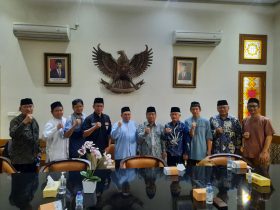



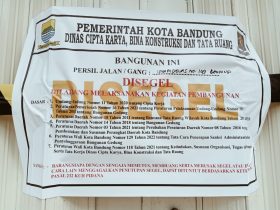






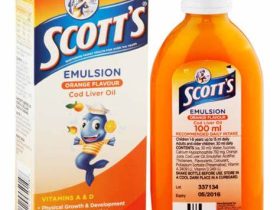
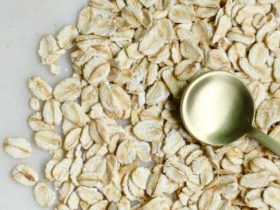










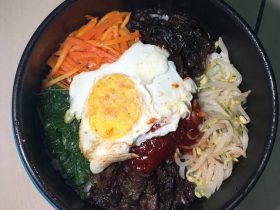



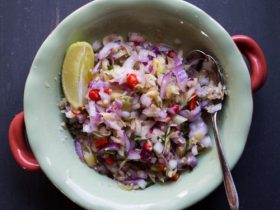
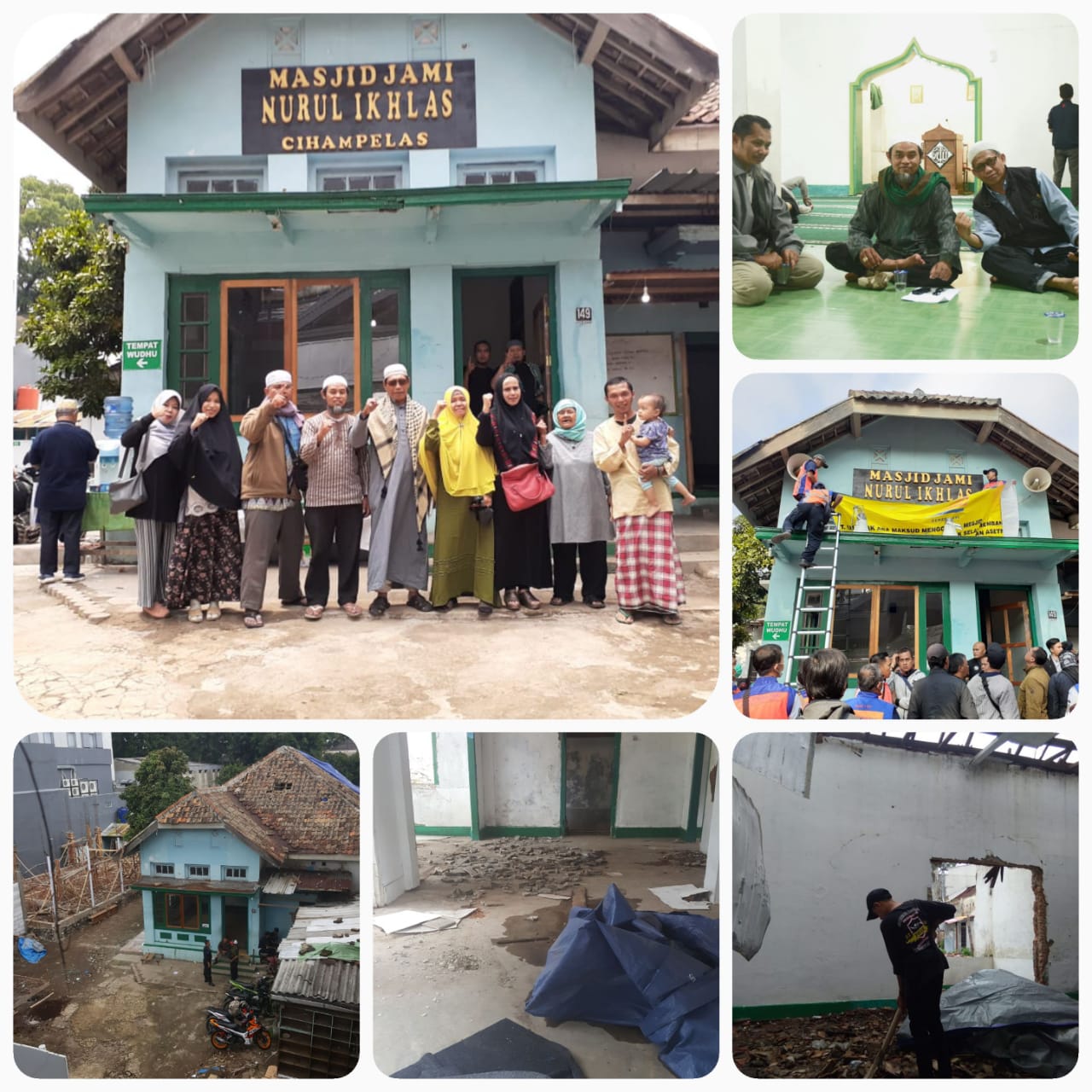
Leave a Reply